When it comes to sensationalism and scandal, the American press pales in comparison to the British tabloids

Here’s Why British Tabloids Are More Extreme Than American Tabloids

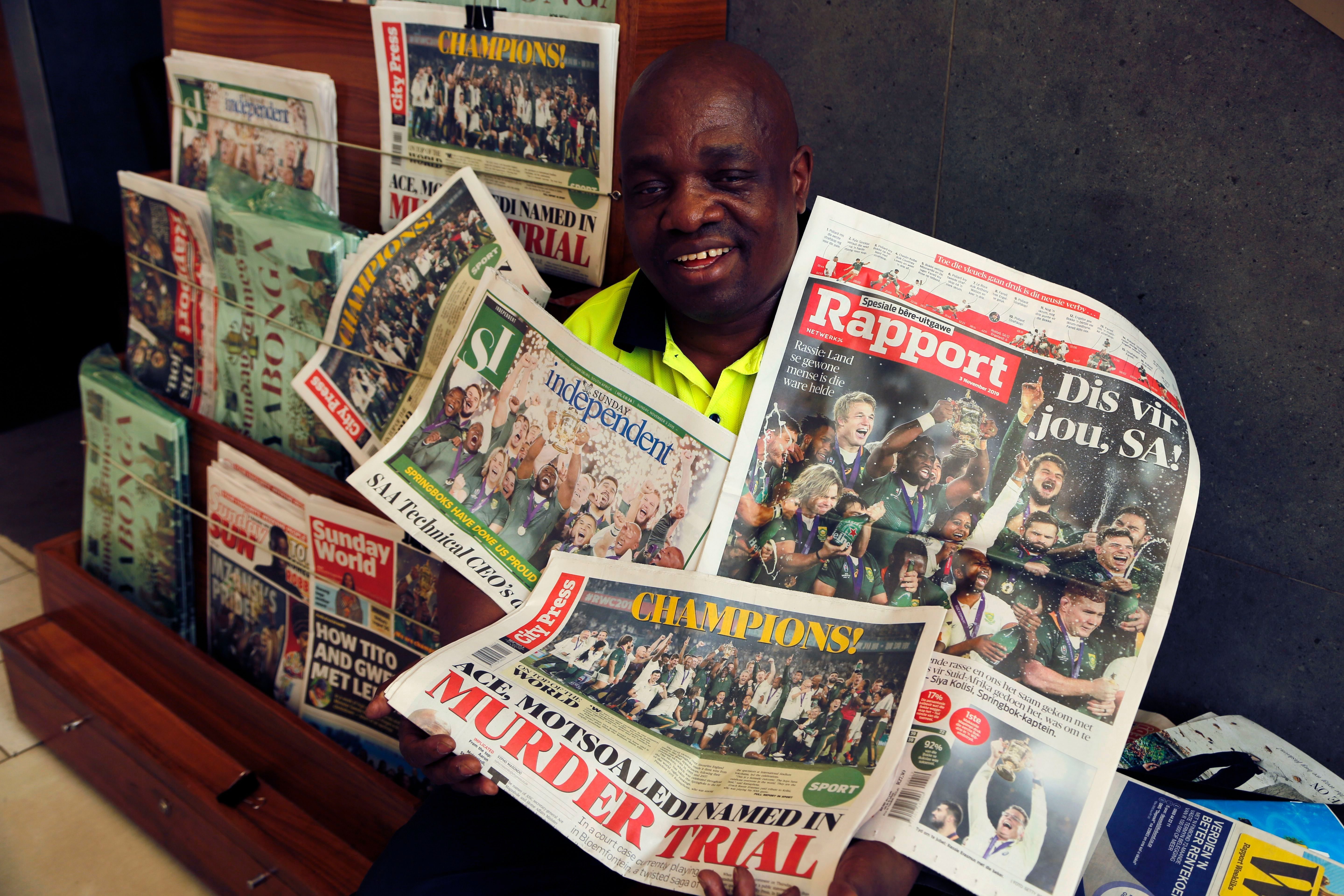
Gossip rags go way back
To really understand the differences between American and British tabs, you have to go back to the 19th century. House says that’s when the United States developed their own version of sensationalist tabloid media, coined the “penny press” in New York City. This consisted of Benjamin Day’s Sun and James Gordon Bennett’s Herald newspapers. They were inspired by the “redtops” of Great Britain, which got their nickname thanks to their bold red mastheads. These early tabs mixed royal news with gossip and, of course, royal scandals.
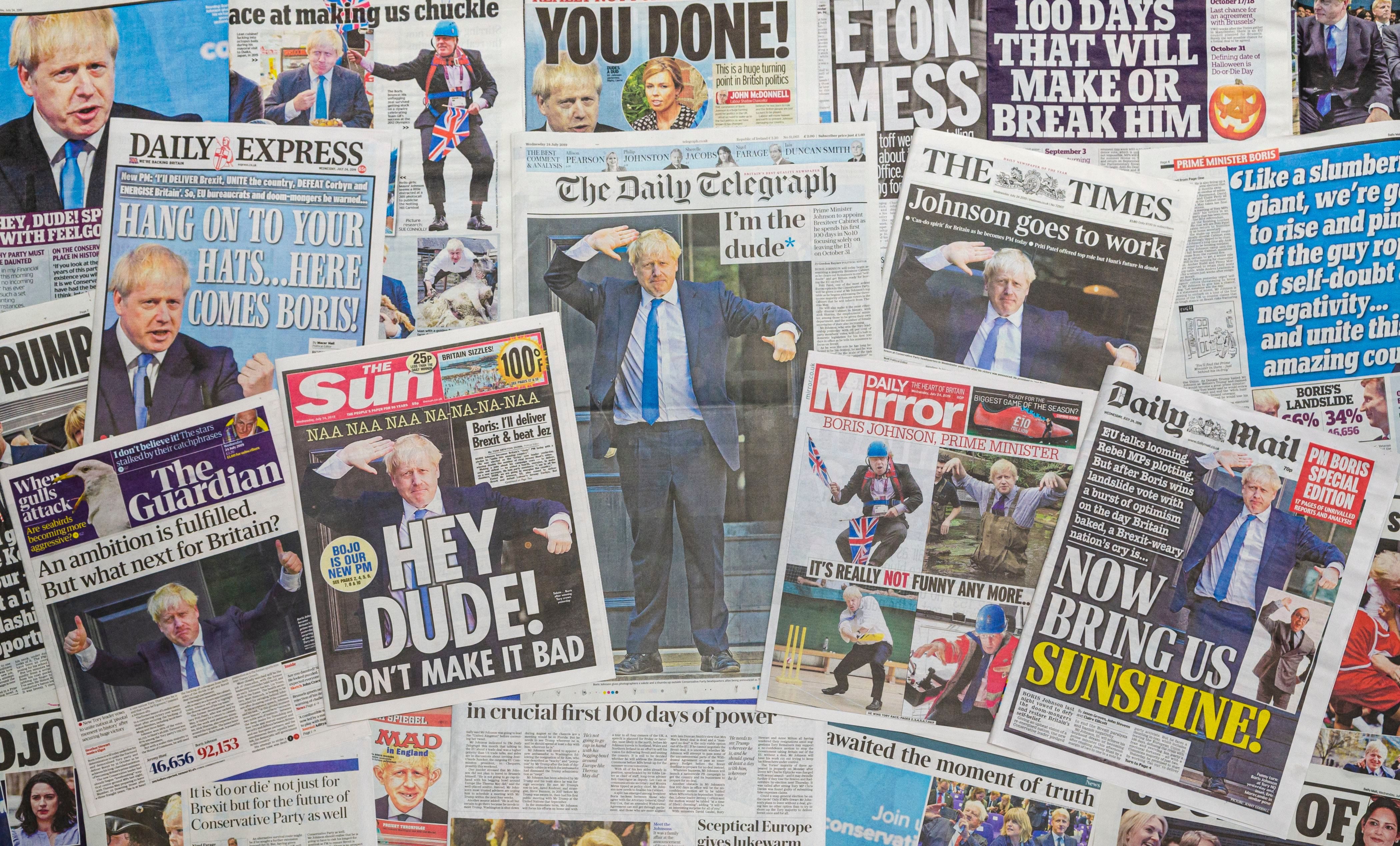
Scandals and sleaze sell
Celebrity gossip, sex scandals and hoaxes were par for the course in this late-19th-century tabloid style, says House. This led the way for the present-day sensationalism we either loathe or love. “If there is a difference between the United States and British practices,” House says, “it is in the level of aggression in pursuing (or concocting) a story.” British tabloid competition drives questionable tactics, and the tabs have even floated wild conspiracy theories about Meghan Markle and Prince Harry—making many people question the ethics of sensationalism.
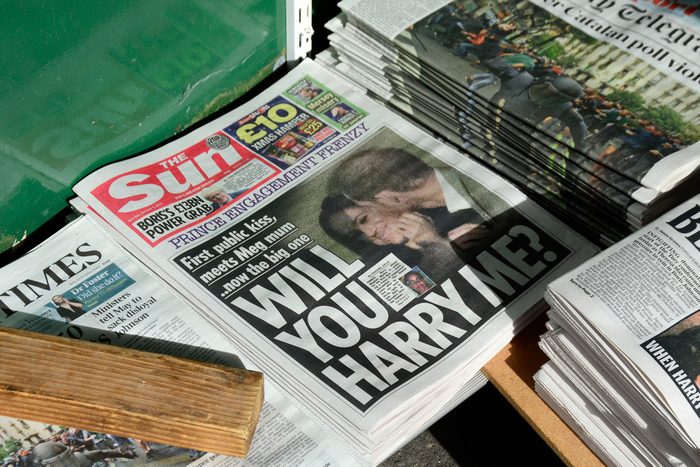
The big biz of spilling royal tea
One of the biggest cultural differences in tabloid journalism in the U.K. vs. the U.S. is the former’s obsession with the royal family. Historically, the British tabloid press has been a thorn in the side of the royal family, publishing even mundane facts like what the royals eat for dinner. According to the BBC, the Palace has taken legal action against these papers regarding invasions of privacy a number of times over the span of three decades. In the 1990s, Princess Diana began litigation against the Daily Mirror over published photos taken of her at the gym without her knowledge or consent (the case was later settled out of court).
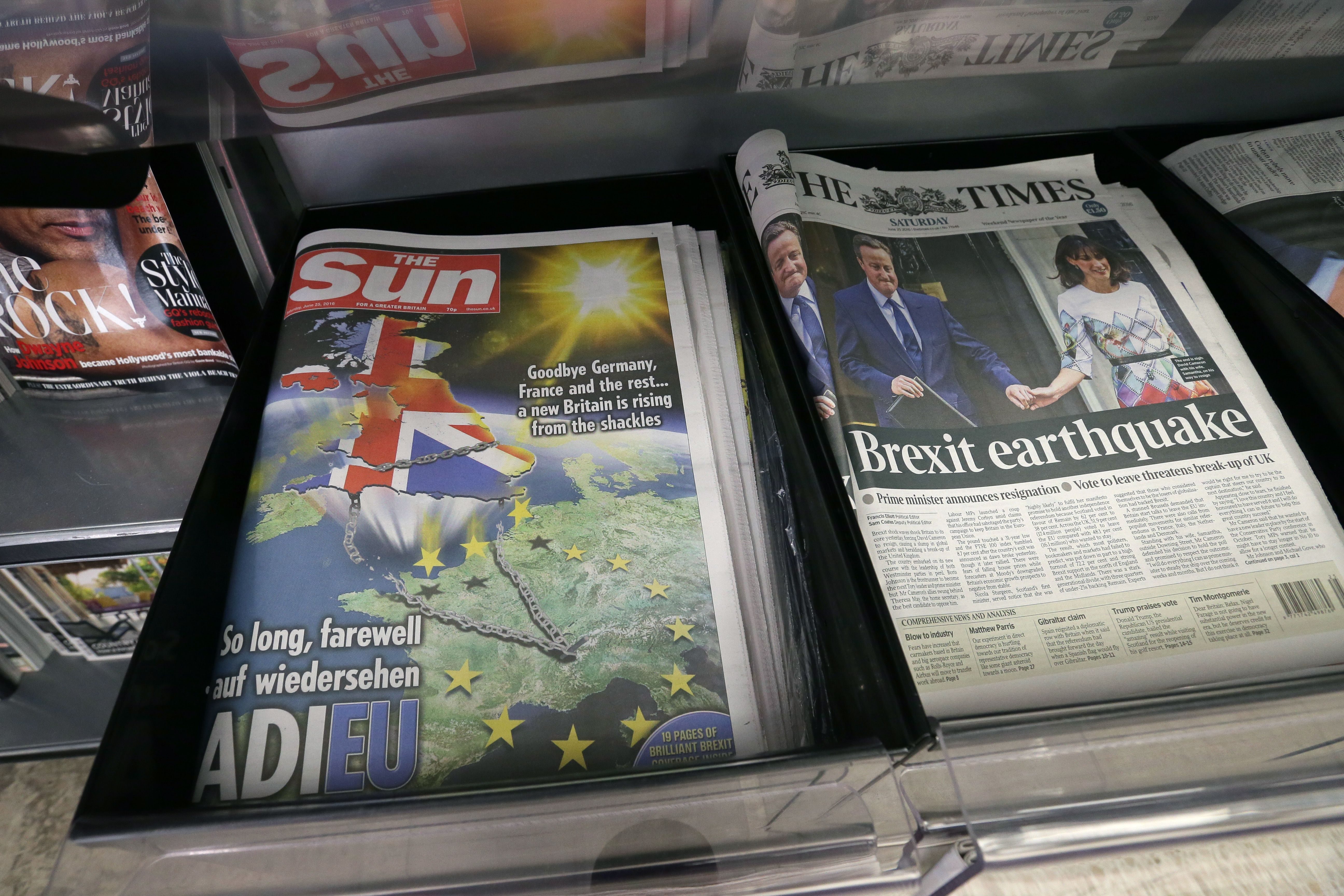
A fierce fight to break celeb news
What pushes the British tabloid press to be much more salacious? U.K. tabloid competition is fierce. There are more of these shameless papers in the U.K. battling it out to expose (or invent) scandals … and sell copies, of course. “The British tabloids are more aggressive because they operate in a small and cut-throat media environment,” says House, so being the first to publish a scoop about William and Kate’s wedding song drives sales.
“Also, British social tensions over class, race, immigration and status may provide easy targets for reporters to exploit,” House adds.

It’s Meghan Markle vs. British tabloids
Meghan Markle has been a target of the stop-at-nothing tabs ever since she married into the royal family. “Unfortunately, my wife has become one of the latest victims of a British tabloid press that wages campaigns against individuals with no thought to the consequences—a ruthless campaign that has escalated over the past year, throughout her pregnancy and while raising our newborn son,” Prince Harry wrote on the couple’s (now defunct) website, sussexofficial.uk.
Prince Harry has fought back—in court, that is. In 2025, he reached a settlement with Rupert Murdoch’s News Corp for hacking his phone; he received millions in damages and an apology. Before that, the Duke and Duchess of Sussex took legal action against a media outlet that published a private letter from Meghan to her father—and won in February 2021. While unnamed in Harry’s statement, the offending outlet is known to be Mail on Sunday.

Gutter journalism spreads globally
“British tabloids embraced a newsroom culture of gutter tactics,” explains House. “This paparazzi culture was inflamed with the arrival of Rupert Murdoch’s notorious journalism of checkbook bribery, intrusive tactics and hounding of subjects. The Murdoch control of news mediums across multiple platforms and continents created a toxic global matrix of news coverage.” In fact, media bullying of Meghan Markle was one of the factors behind the Sussexes’ decision to “step back” from royal duties.
In the U.S., the National Equirer has earned a reputation for being more than a touch tasteless. Over the years, the paper has taken heat for publishing death photos of Elvis Presley and Whitney Houston. And in 2024, its former publisher, David Pecker, admitted to using “catch and kill” tactics—an industry term for buying tawdry stories on behalf of the rich and powerful to keep them out of the news.
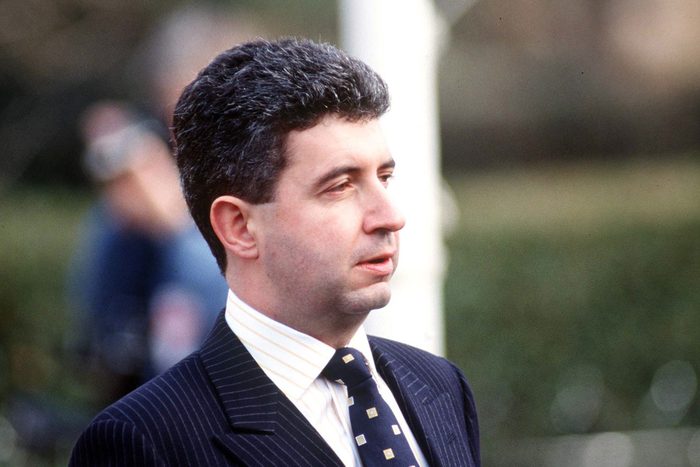
You can’t make this stuff up
When asked why British tabloids are more extreme than American tabloids, some say U.K. “rags” may be getting a bad rap. In an interview with Vanity Fair, Patrick Jephson, who served as chief of staff to Princess Diana for eight years and penned the book The Meghan Factor, says: “The idea that the British tabloids are a bunch of ravening psychos is wrong. Back when the tabloids really were a wolf pack, inside the palace it was fashionable to say, ‘There are lies, damned lies and tabloid exclusives,'” Jephson says. “The default position was to dismiss the tabloids as lies, whereas the reality, as I learned, is that most of the time, most of the tabloids wrote truthful stuff.”

How low will American tabloids go?
With Meghan and Harry now living in California, could a more aggressive tabloid press be coming to our side of the pond? Cultural differences in tabloid journalism mean it’s doubtful the U.S. press would go to the same extremes, though House points to an uptick in sensationalistic headlines, thanks to the Murdoch media approach. One (tasteless) example from July 2024: a New York Post cover headline declaring “Time to Go, Joe!” next to a photoshopped image of Joe Biden in a wheelchair being shoved off a cliff.
At the same time, American readers don’t have to go low. “The fragmentation of the United States news industry means audiences can seek out other options for news,” House says. “But there are still credible mainstream news mediums that help to defuse the poisonous effect of the tabloid culture.”
About the expert
|
Why trust us
Reader’s Digest has published hundreds of stories on the British royal family, providing a behind-the-scenes look at the fascinating facets of the monarchy. We regularly cover topics including the latest royal news, the history and meaning behind time-honored traditions, and the everyday quirks of everyone’s favorite family members, from Queen Elizabeth’s daily snack to Prince William’s confessions about his home life. We’re committed to producing high-quality content by writers with expertise and experience in their field in consultation with relevant, qualified experts. We rely on reputable primary sources, including government and professional organizations and academic institutions as well as our writers’ personal experiences where appropriate. For this piece, Kelly Bryant tapped her experience as a longtime reporter and former entertainment reporter who often covers pop culture and news for Reader’s Digest. Read more about our team, our contributors and our editorial policies.
Sources:
- Roger House, associate professor in American Studies at Emerson College
- Patrick Jephson, author of The Meghan Factor
- BBC: “Analysis: The Royal Family’s History of Legal Action”
- Sussexofficial.uk: “Statement by His Royal Highness, Prince Harry, Duke of Sussex”
- New York Times: “U.K. Invaded Meghan’s Privacy, Judge Says”
- New York Times: “Partial Victory for Prince Harry as Murdoch’s U.K. Tabloids Admit Unlawful Activities”
- Vanity Fair: “What’s Really Driving the Increasingly Bitter War Between Prince Harry, Meghan Markle, and the British Tabloids”
- Esquire: “Inside the Shady History of the National Enquirer—From Celebrity Scandals to Donald Trump”
- New York Post: “Time to Go, Joe!”




















